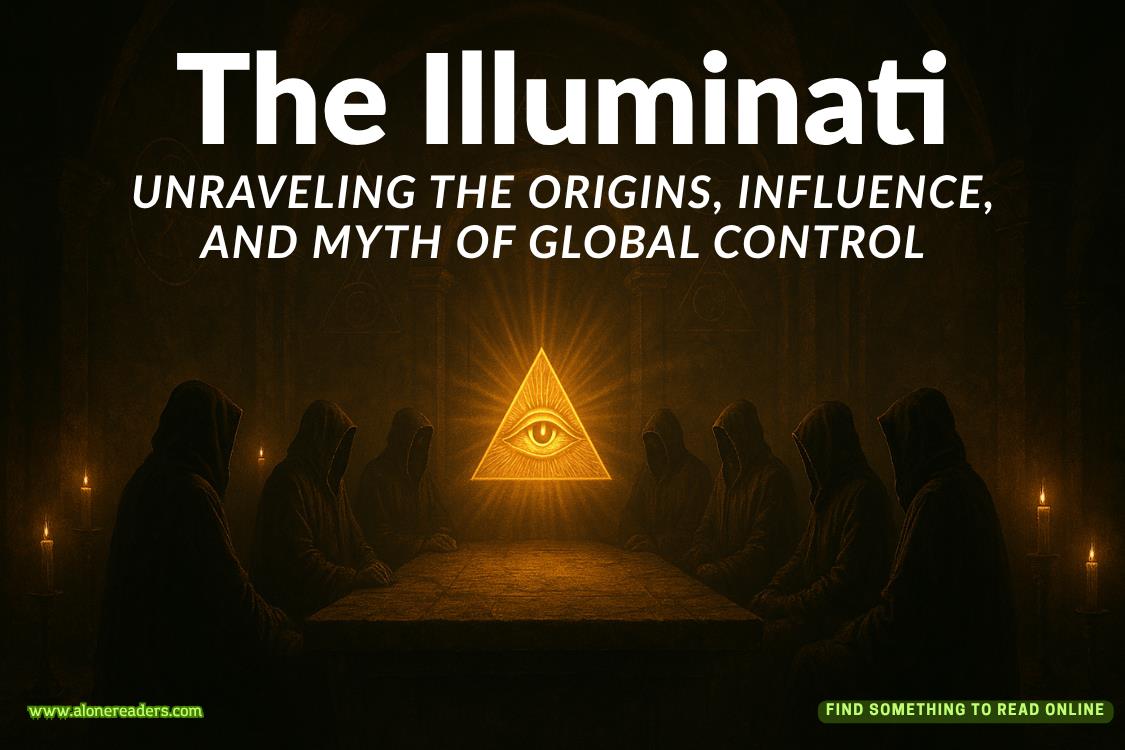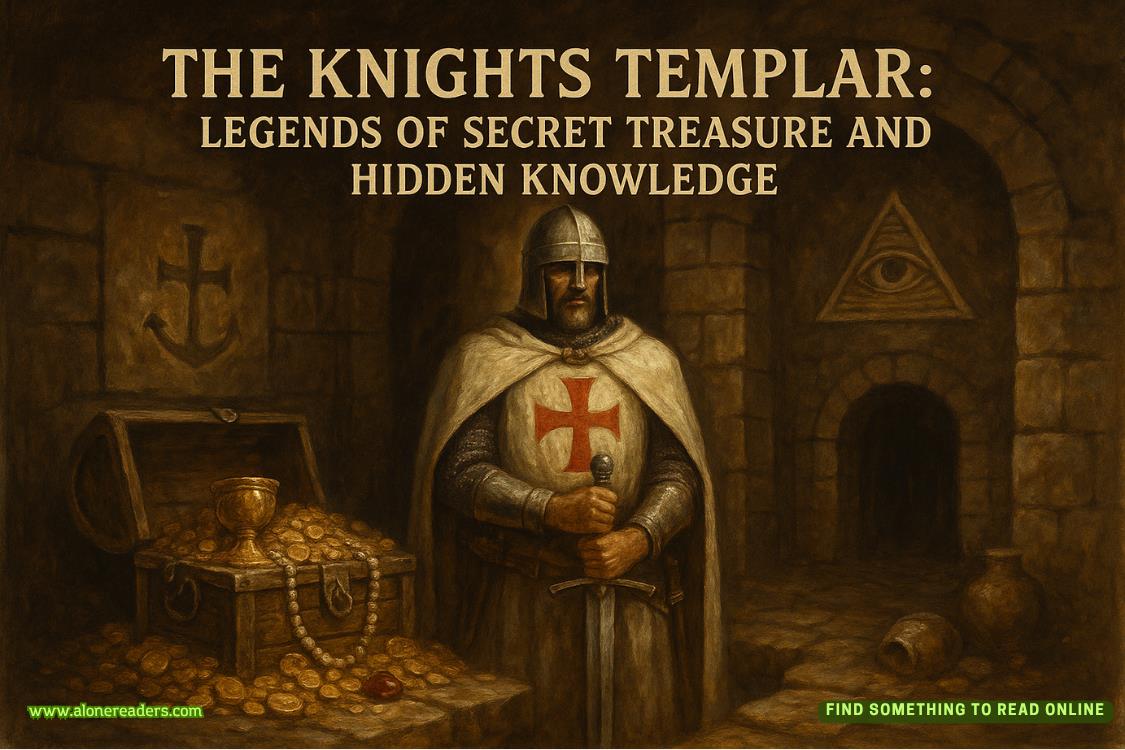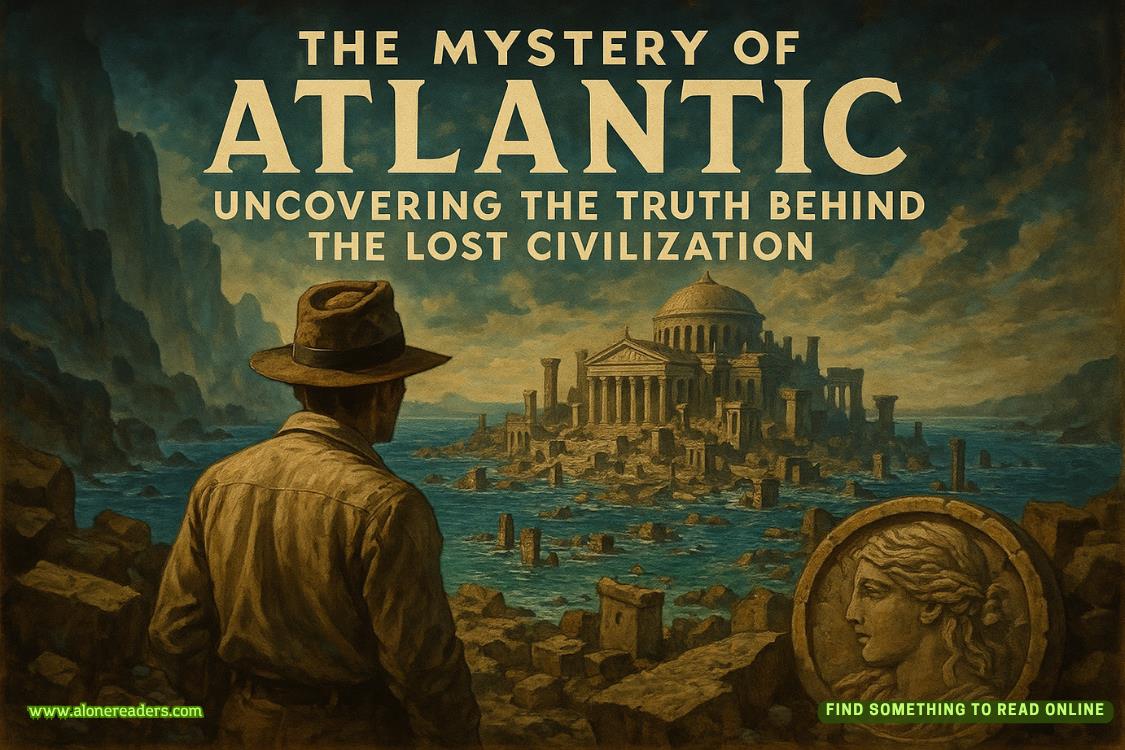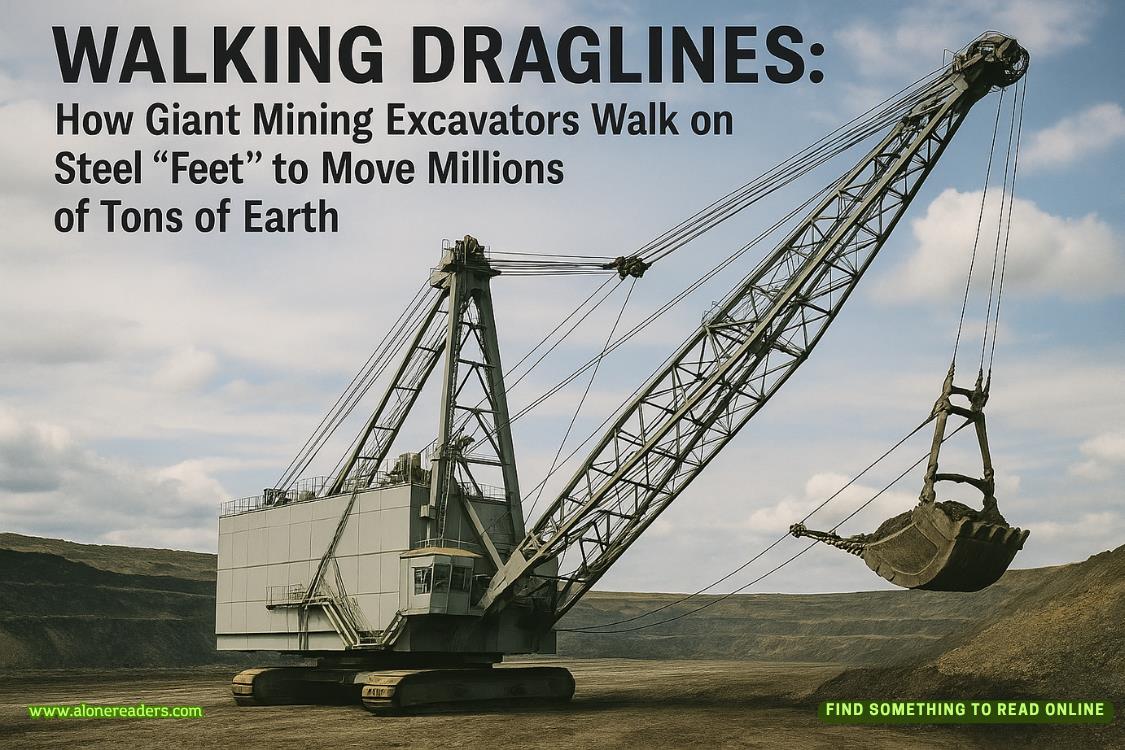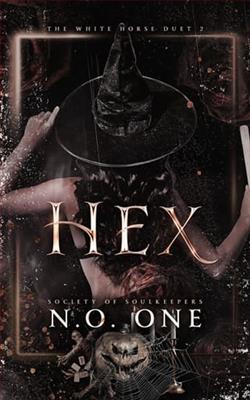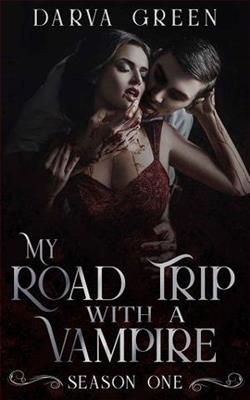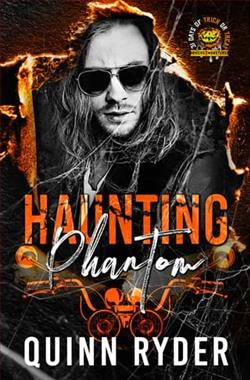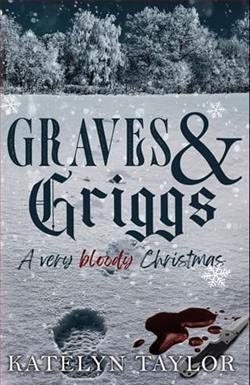Page 13 of An Academy for Liars
Lennon’s gaze tracked left, then cut right again, following Dr. Nave’s finger, only for him to move it to the left once again. She was beginning to feel a little dizzy. “You’re twelve years old standing on the shores of Edisto Beach, on the coast of South Carolina. What do you see in the distance?”
As he said this, the memory came to her. “A blue heron flying low over the water. It was sunset, I think, and its wings looked touched with fire.”
Dr. Nave smiled. He lowered his hand. “Good. Very good.”
“What happened to me yesterday?”
“You suffered a series of seizures. One of them a grand mal.”
“No, I mean before. When I was taking the entry exam. What was that?”
“From what I hear, you persuaded our Dr. Lowe to pick up a pig figurine. Quite an impressive feat indeed. Dr. Lowe is rather strong-willed—”
“But it was more than that. Imadehim pick it up.”
Dr. Nave smiled at her. “So you did.”
From the ink-stained pocket of his lab coat, he produced a small pen (pausing to tear the cap off with his teeth) and accompanying notebook and scribbled something indecipherable. “Vitals are good,” he said around the cap of the pen. “You’re free to go.”
“Go where, exactly?”
“Well…I’d imagine you’d want to make your way to the assembly. It’s mandatory, you know.”
Lennon did not, in fact, know. “Where is it? And when?”
The doctor capped his pen, folded his notebook, and slipped both of them back into his coat pocket. He checked his watch. “You’ll have missed the first part already. It started at two. But the auditorium is only a five-minute walk from here, so if you leave now you should make it in time to hear the bulk of it. You’ll want to take the stairway to the left down to the first floor. Hang a tight left and keep walking down the breezeway until you reach it. It’s big; you can’t miss it.”
Following the doctor’s instructions, Lennon left the infirmary and stepped into a crowded corridor. Opposite her was a run of floor-to-ceiling windows that looked out onto a lush campus crawling with students. She watched from above as two orientation leaders, dressed in loose slacks and tweed blazers, steered a swelling tide of incoming first years, clinging anxiously to crumpled maps and instruction pamphlets that must’ve been distributed when Lennon was out cold in the infirmary.
The orientation leaders were walking backward, pointing at different buildings, pausing to answer questions. Lennon wished she could hear them and wondered how much she’d missed during her stint in the infirmary. Classes hadn’t even started yet, and she already felt behind.
After a short walk, she arrived at the doors of the auditorium, which, to Lennon’s surprise, took the form of a large stone cathedral. Its interior was like that of an old and ornate movie theater. The seats were a dark and dingy velvet, and almost all of them were taken. The stale air smelled of popcorn and cigarette smoke. On a stage at the front of the room, with her back to the velvet curtains, was Eileen—the vice-chancellor, who had been at the entry exam. At the sight of Lennon, she broke into an easy smile. She was somehow even more beautiful up close. “Ms. Carter, so nice of you to join us.”
Dozens of gazes affixed themselves to Lennon.
“Do have a seat,” said Eileen. “We were just getting started.”
Lennon walked down the center aisle, to one of the only empty seats in the auditorium, about three rows down from the stage. She shuffled sideways past her peers and claimed a seat between two girls she thought she might recognize from the entry exam.
Once Lennon was seated, Eileen raised the microphone to her mouth. “We’ve prepared a short film for you to watch. Please give it your full attention.”
Eileen sidestepped. The curtains parted down the middle and pulled apart, revealing a large movie screen. The lights dimmed, then cut entirely, plunging the room into a darkness so complete Lennon couldn’t see her own hands shaking in her lap. An image appeared on the movie screen behind Eileen. It was a black-and-white photograph of Savannah, Georgia, which looked remarkably similar to the Savannah of modern day—though the oaks weren’t as large and the cobbled streets were crowded not with cars but horse-drawn carriages.
“There is a pervasive myth that the city of Savannah was built around twenty-four historic garden squares. But that fact is a careful warping of the true history. Savannah is actually home to twenty-five historic squares. Drayton Square, this school’s namesake, was not lost to time but carefully extracted from it.”
The slides switched to the image of a bearded white man with a well-waxed mustache.
“This is my great-great-grandfather and the founder of our school, John Drayton,” said Eileen in that clear baritone of hers that reminded Lennon vaguely of a transatlantic accent. “In the wake of the Civil War, after most of the south was razed down to the very stones of its foundation, John Drayton turned the mansion of Drayton Square into the Drayton All Boys School, a haven for war orphans.”
The slideshow skipped to the crude photo of a mansion overlooking a large garden green.
“A philosopher by trade, a Quaker by practice, and a tireless abolitionist”—Eileen delivered this part with a note of pride, the edges of her mouth curving into a small smile as she beamed up at the image of her grandfather—“John Drayton built his school with one goal in mind: he wanted his students to embody the Socratic ideal of a good man. The kind of man who could win the hearts of other men, and in doing so change the world for the better. Men whose great minds and charisma could negotiate peace in times of war, and usher us into a new golden age of liberty, pacifism, and fairness for all.” Here Eileen paused, gave the audience a wry smile: “Perhaps he was a little ambitious.”
There was a bit of laughter and Eileen changed slides again, this time to a series of grainy photos of the Civil War: raised muskets, fields dotted with bodies, the earth upturned and ravaged by artillery fire.
“To carry out this mission, John knew that he would need a handful of extraordinarily special boys. So, in the years that followed, John recruited what he called ‘exceptional specimens’ from across the Americas, Europe, and even the Caribbean. His recruits traveled far and wide, seeking young boys of, quote, ‘exceptional charisma, great intelligence, and formidable poise.’ ”
There was a grainy photo of Drayton and his boys—knobby-kneed youths who stood with their hands behind their backs, eyes cut narrow against the sun. None of them appeared particularly charismatic or special. They stood in a line, shoulder to shoulder, unsmiling, like soldiers disguised as schoolboys. All of them were white except for one boy—fair-skinned with brown curls—who stood at the far end of the line, just apart from the others. Unlike his peers, he wore nouniform. His shirt—several sizes too large—looked moth-eaten, and his feet were bare.
